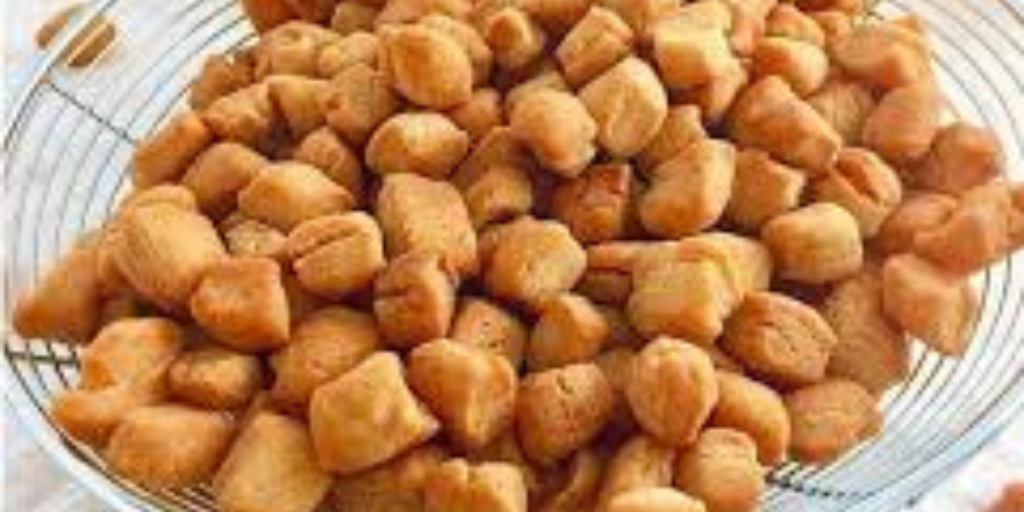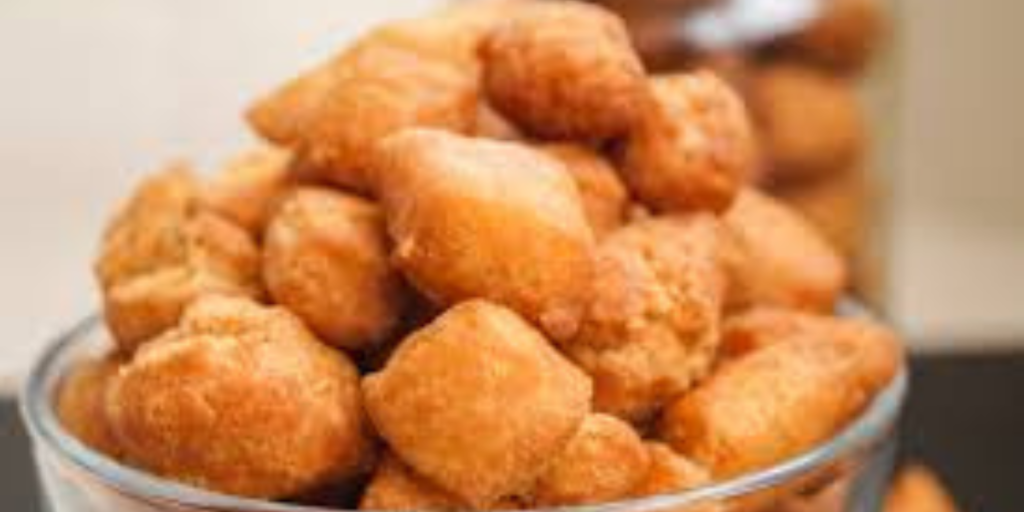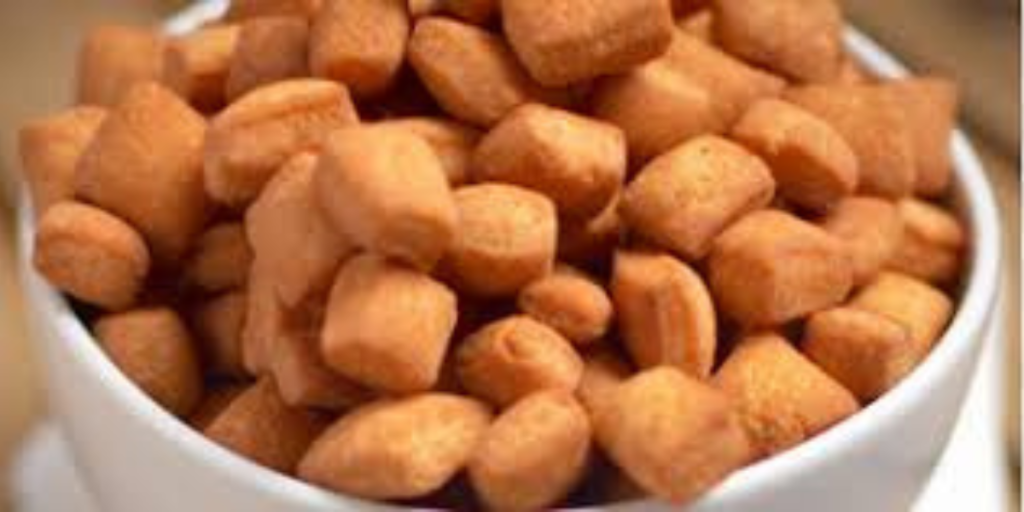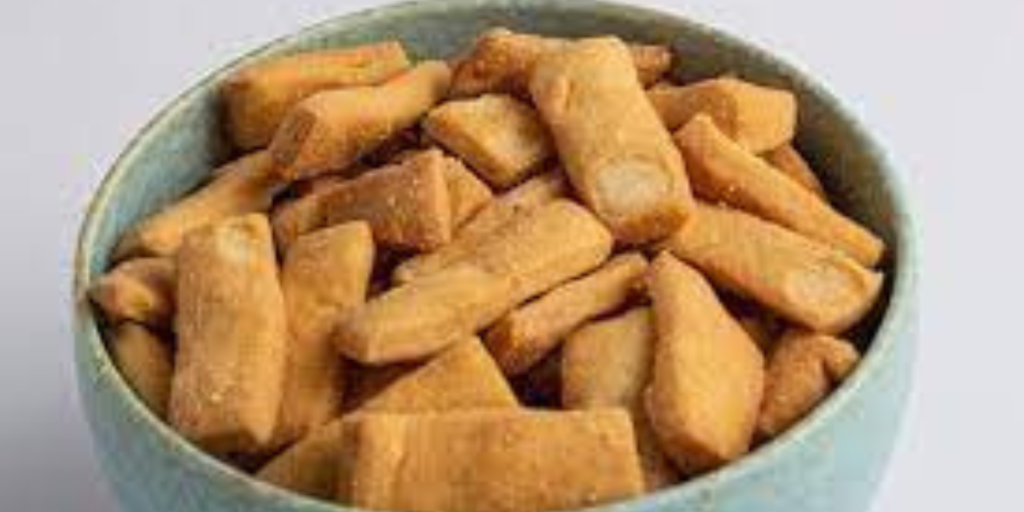Table of Contents

Chin chin, a popular West African snack, is known for its crunchy texture and delightful sweetness. Traditionally made without yeast, this deep-fried treat has been a staple at celebrations and gatherings. However, a question arises: Can yeast be used in the preparation of chin chin? This article explores the potential of incorporating yeast into chin chin recipes, examining the effects on texture, flavor, and overall quality.
History
To understand the potential role of yeast , it’s essential to delve into its history. It originated in West Africa and has been enjoyed for generations. The snack’s simplicity and versatility made it a favorite across different cultures within the region. Typically made from flour, sugar, butter, and milk, chin chin’s appeal lies in its crispiness and the ease of preparation.
What is Yeast?
Yeast, a microorganism belonging to the fungus kingdom, plays a crucial role in baking and fermentation processes. It is most commonly known for its ability to leaven bread, producing carbon dioxide and causing the dough to rise. There are several types of yeast, including baker’s yeast, brewer’s yeast, and wild yeast, each serving specific culinary purposes.
How to Make Chin Chin with 500g Of Flour Best of…
Traditional Recipe

Before exploring the use of yeast, it’s important to outline the traditional chin chin recipe. This provides a baseline for understanding potential changes when yeast is introduced.
Ingredients:
- 4 cups of all-purpose flour
- 1 cup of sugar
- 1/2 cup of butter
- 1/2 cup of milk
- 2 large eggs
- 1 teaspoon of baking powder
- A pinch of salt
- Vegetable oil for frying
Instructions:
- Mix Dry Ingredients: In a large bowl, combine the flour, sugar, baking powder, and salt.
- Add Butter: Cut the butter into small pieces and mix it into the dry ingredients until the mixture resembles coarse crumbs.
- Combine Wet Ingredients: In a separate bowl, whisk together the milk and eggs.
- Form Dough: Gradually add the wet ingredients to the dry mixture, stirring until a dough forms.
- Knead and Roll: Knead the dough on a lightly floured surface until smooth. Roll it out to a 1/4 inch thickness.
- Cut and Fry: Cut the dough into desired shapes (squares or strips) and fry in hot oil until golden brown.
- Cool and Serve: Remove from oil, drain on paper towels, and let cool before serving.
Yeast in Baking: How It Works

Understanding how yeast works in baking is crucial for assessing its potential impact on chin chin. When yeast is activated in warm water with sugar, it begins to ferment, producing carbon dioxide and alcohol. This fermentation process is what causes bread dough to rise, creating a light and airy texture.
Experimenting with Yeast
Incorporating yeast into chin chin could introduce a different texture and flavor profile. The potential for a lighter, slightly airy texture contrasts with the traditional dense and crunchy texture. To experiment, one might adjust the traditional recipe to include yeast while maintaining the essence of chin chin.
Yeast-Infused Chin Chin Recipe
To test the hypothesis, here is a modified chin chin recipe with yeast:
Ingredients:
- 4 cups of all-purpose flour
- 1 cup of sugar
- 1/2 cup of butter
- 1/2 cup of milk
- 2 large eggs
- 1 teaspoon of active dry yeast
- 1/4 cup of warm water
- A pinch of salt
- Vegetable oil for frying
Instructions:
- Activate Yeast: Dissolve the yeast in warm water and let it sit for about 5-10 minutes until frothy.
- Mix Dry Ingredients: In a large bowl, combine the flour, sugar, and salt.
- Add Butter: Cut the butter into small pieces and mix it into the dry ingredients until the mixture resembles coarse crumbs.
- Combine Wet Ingredients: In a separate bowl, whisk together the milk, eggs, and activated yeast.
- Form Dough: Gradually add the wet ingredients to the dry mixture, stirring until a dough forms.
- Knead and Rise: Knead the dough on a lightly floured surface until smooth. Place the dough in a bowl, cover it with a damp cloth, and let it rise for about 1 hour.
- Roll and Cut: Punch down the dough, roll it out to a 1/4 inch thickness, and cut into desired shapes.
- Fry and Cool: Fry the dough pieces in hot oil until golden brown. Remove from oil, drain on paper towels, and let cool before serving.
Effects of Yeast

The introduction of yeast is likely to affect several aspects of chin chin, including:
Texture
Yeast could create a lighter and slightly airy texture, which contrasts with the traditional dense and crunchy texture. This change might be favorable for those seeking a different mouthfeel in their chin chin.
Flavor
Yeast fermentation produces a distinct flavor profile, often described as slightly tangy or fermented. This could add a new dimension to chin chin, making it more complex in taste.
Shelf Life
Yeast may also impact the shelf life of chin chin. The fermentation process can help preserve baked goods, potentially extending the snack’s freshness.
Cultural Acceptance and Adaptation
Introducing yeast to chin chin might be met with varied reactions within different communities. Some may welcome the innovation, while others might prefer sticking to traditional methods. Exploring the cultural implications and acceptance of this change is crucial.
Nutritional Impact
Yeast can add nutritional benefits, such as additional B vitamins and protein. Comparing the nutritional profile of traditional chin chin with yeast-infused chin chin provides insights into health benefits or drawbacks.
What can I use to preserve chin chin? Nigerian Best no 1
Personal and Professional Experiences
Including anecdotes from culinary experts, chefs, and home cooks who have experimented with yeast in chin chin can offer practical insights and tips. Their experiences can highlight the challenges and successes of this culinary fusion.
Conclusion
The use of yeast in chin chin presents an exciting opportunity to innovate a beloved traditional snack. While it introduces new textures and flavors, it’s important to consider cultural acceptance and personal preferences. Whether you prefer the classic crunch of traditional chin chin or are curious about a lighter, yeast-infused version, experimenting in the kitchen can lead to delightful discoveries.





















